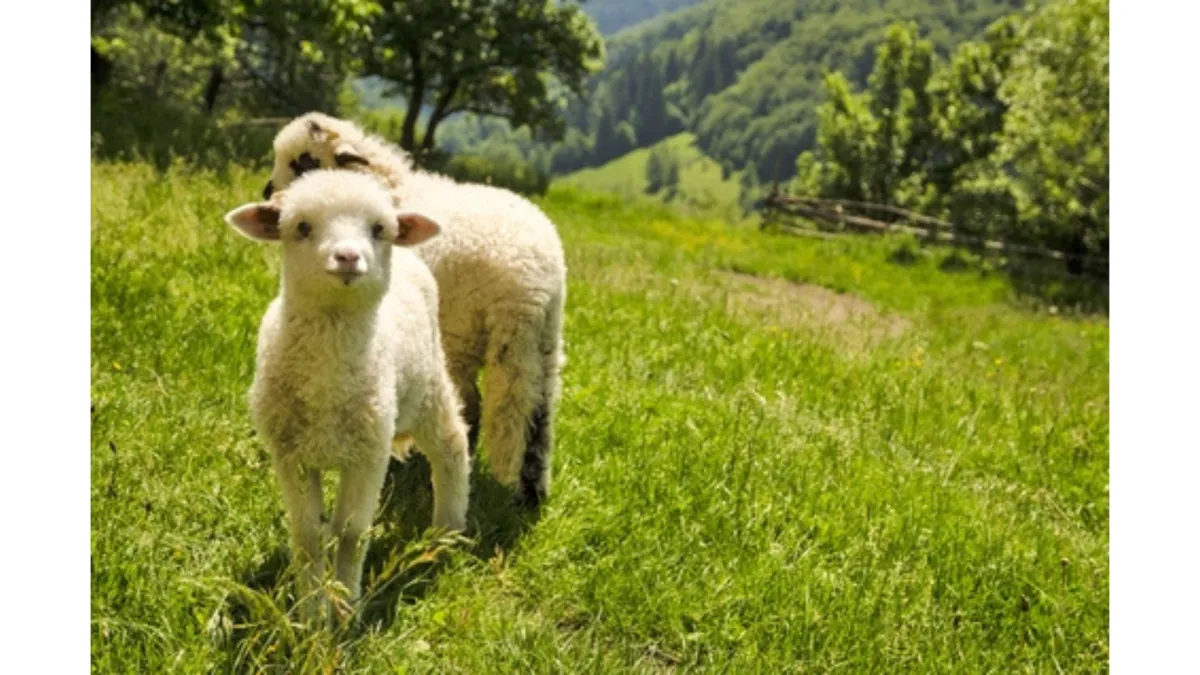
Castration, disbudding and tail docking - not nice but necessary!
Farmed animals have long undergone routine procedures that, while uncomfortable at the time, often protect their health and make management easier on the block.
Common Procedures and Why They Matter
Castration (bulls, rams, bucks)
Castration helps reduce aggression, controls breeding, and improves handling.
Disbudding or Dehorning (calves, goat kids, older stock)
Improves safety for handlers and reduces the risk of injury between animals. Disbudding, carried out at a younger age, causes less trauma than dehorning and heals more quickly. Since 1 October 2019, it has been a legal requirement to use local anaesthetic for both disbudding and dehorning in cattle. The Sheep and Beef Cattle Code of Welfare recommends disbudding as the preferred option.
Tail Docking (Lambs)
Helps prevent flystrike by keeping the breech area clean. Lambs should be docked between 12 hours and six weeks of age, using a hot iron or rubber ring. Tails should be left long enough to cover the vulva in ewe lambs. Tail docking must not be done shorter than the caudal fold. Lambs older than six months may only be docked by a veterinarian using pain relief.
Timing, Pain Management, and Best Practice
Carry out procedures when animals are young to reduce pain and aid healing.
Use local anaesthetic for disbudding, dehorning, tail docking, and castration of older lambs and calves.
For better pain control, combine local anaesthetic with a non-steroidal anti-inflammatory (NSAID) such as meloxicam.
Castration and disbudding can be done at the same time in young calves and kids, but both are painful and best done by a vet who can provide sedation and pain relief.
Lambs can also be docked and castrated at the same time. Use of rubber rings at one to two weeks of age causes less pain than later methods.
If using a high-tension band for castration at any age, pain relief is legally required.
Legal Requirements
These procedures are covered under the Animal Welfare (Care and Procedures) Regulations 2018 and the Painful Husbandry Procedures Code of Welfare. Key legal points include:
Local anaesthetic must be used for disbudding and dehorning cattle.
Pain relief is required for tail docking in lambs of any age.
High-tension band castration must be carried out with pain relief, regardless of the animal’s age.
Certain procedures performed on older animals must be done by or under the supervision of a veterinarian.
Non-compliance can result in fines for each animal affected.
Staying Informed
The Sheep and Beef Cattle Code of Welfare is under review, with potential changes expected in 2025. It is likely that pain relief for more procedures will become a minimum standard rather than a recommended best practice.
Always check for signs of post-operative complications and consult your vet if you are unsure how to perform any procedure. If in doubt, choose the option that causes the least pain and ensures a smooth recovery for the animal.

